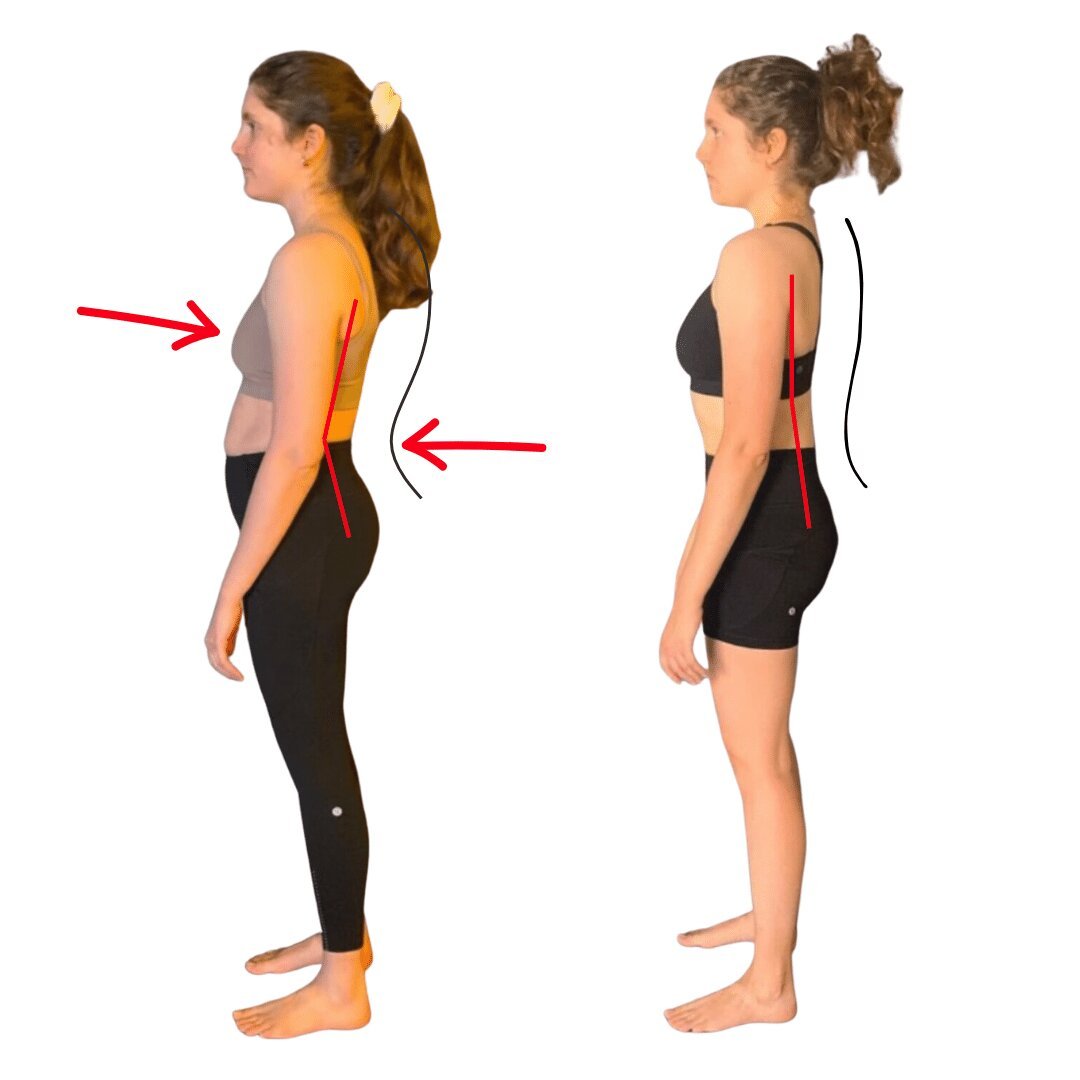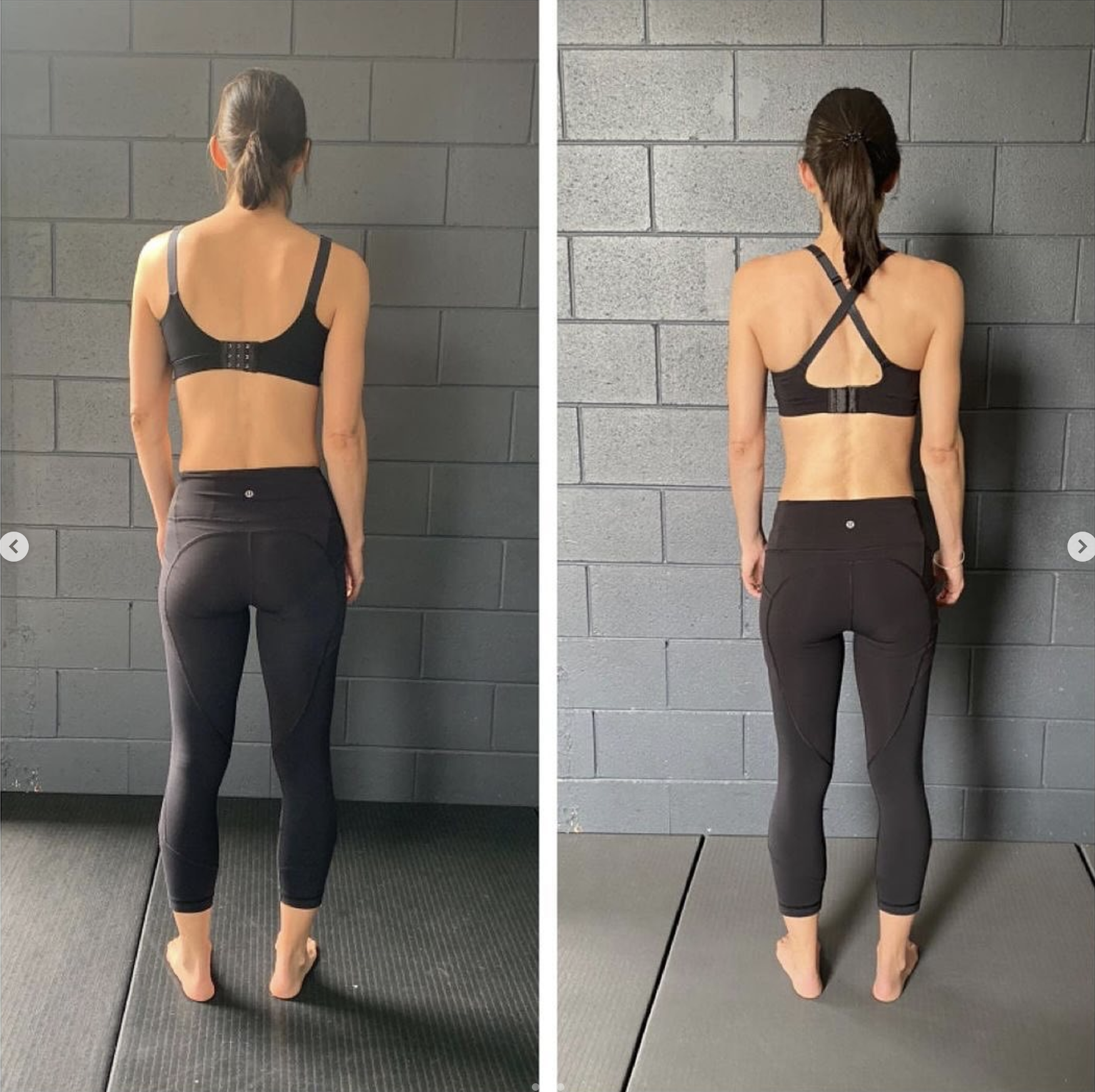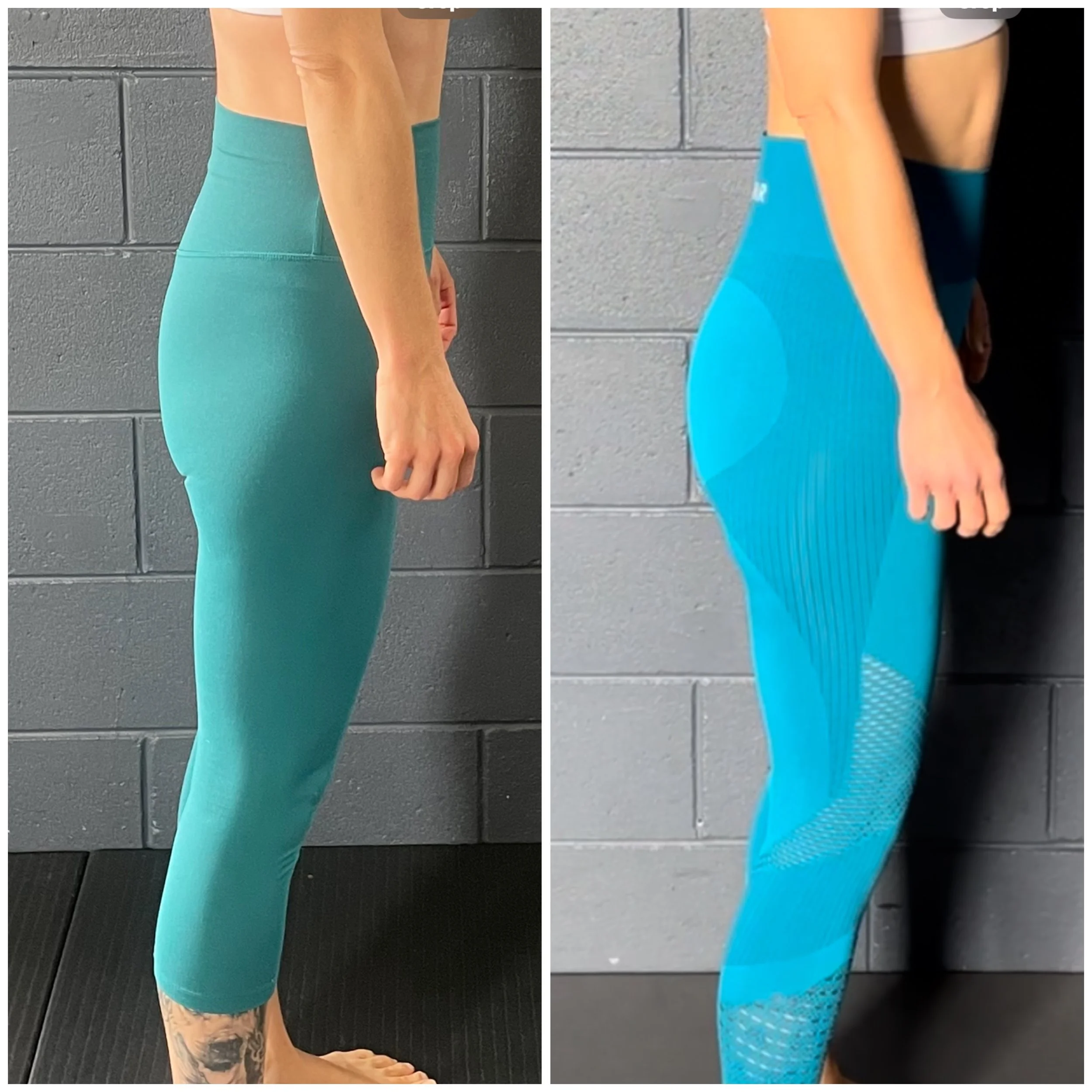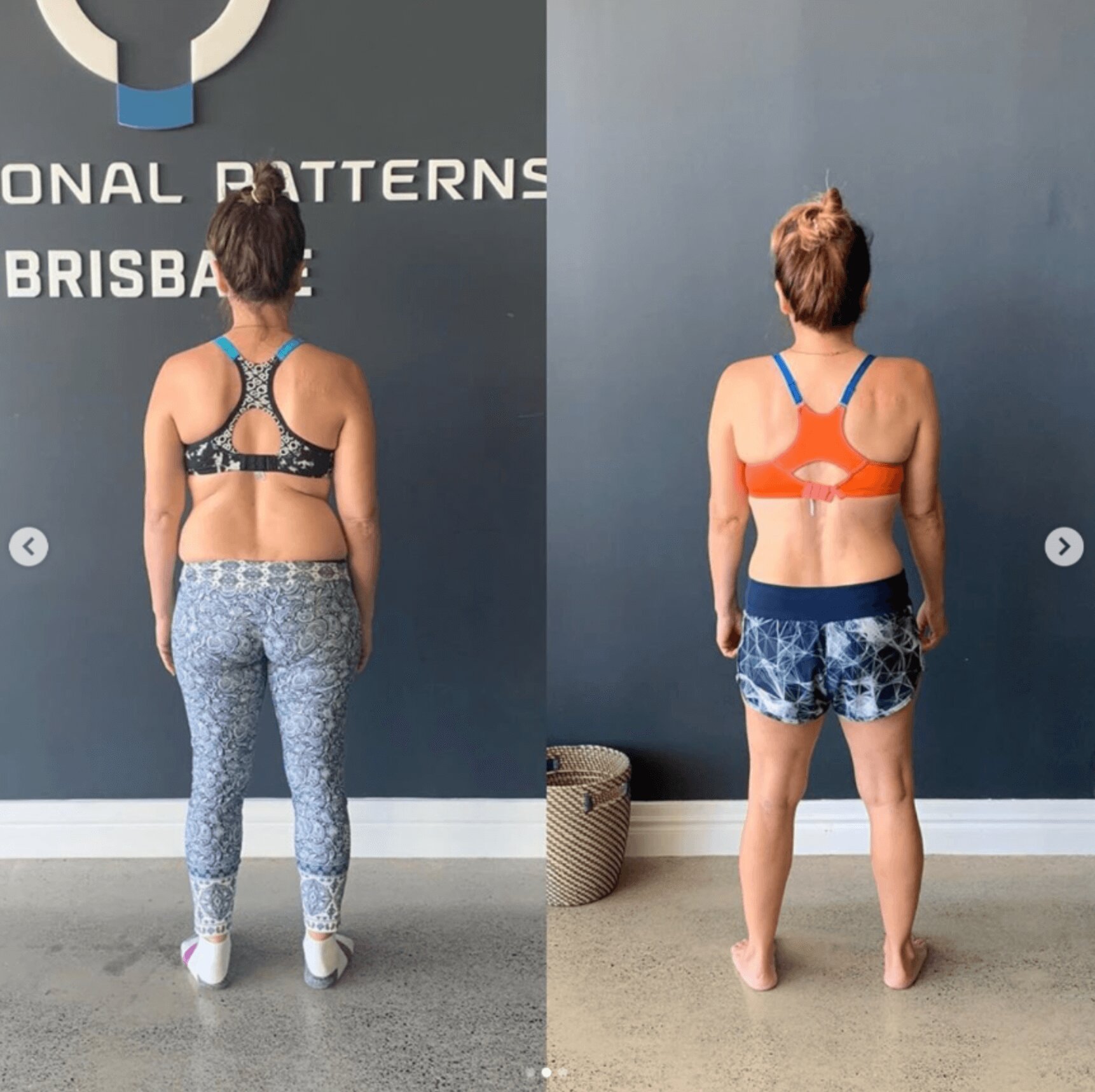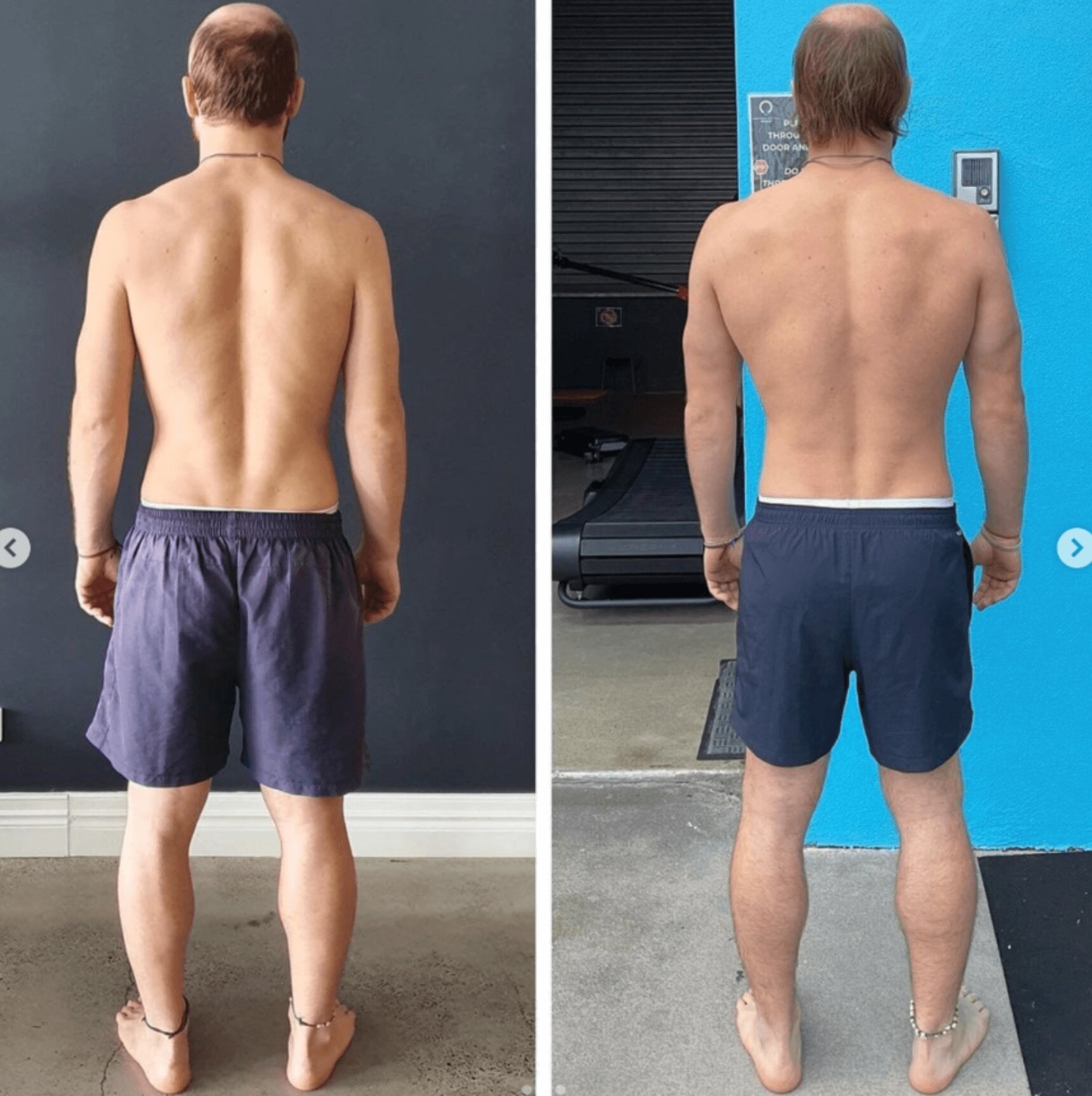Learn more about your body and health with these functional patterns based blogs
Looking For A Particular Topic?
Why Your Rounded Shoulders Keep Coming Back – And What to Do Instead
Rounded shoulders, hunched posture, shoulder pain—we see it all the time. People trying to fix rounded shoulders with generic stretches or resistance band workouts that don’t actually address the root cause. The problem? They’re treating symptoms, not systems.
At Functional Patterns Brisbane, we don’t believe in isolating body parts or reinforcing poor mechanics. Our approach to functional, lifted shoulders is grounded in the idea that your posture is a movement problem—not a muscle problem.
Why Functional Patterns Is The Best Gym in East Brisbane
If you are looking for gyms in Woolloongabba or East Brisbane, you will find many traditional fitness options. But what if you need more than just lifting weights and running on treadmills? That’s where Functional Patterns Brisbane stands apart.
Understanding Double-Jointed Shoulders and Chronic Pain
Hypermobility in the shoulders is more than just extra flexibility. Many people think being "double-jointed" is a good thing. However, it can cause chronic pain, instability, and long-term problems.
Traditional rehab methods focus on isolated muscles but ignore the bigger picture. Functional Patterns takes a different approach, emphasising tensegrity, integrated biomechanics, and neuromuscular control to build lasting stability.
Training To Strengthen Ehlers-Danlos Syndrome (EDS) Joints
People with Ehlers-Danlos Syndrome (EDS) and joint hypermobility often have a hard time finding an exercise program. They need one that does not make their symptoms worse. Traditional fitness advice often emphasises stretching or strength training. However, for hypermobile individuals, these methods can raise the risk of injury instead of easing pain.
Why Functional Patterns is the Best Approach to Spinal Decompression
Functional Patterns offers a superior, long-term approach to spinal health by focusing on how the body moves as a whole. Instead of relying on passive treatments like a decompression table or non-surgical spinal decompression machines, we use corrective movement training to fix the patterns that cause spinal issues in the first place. In this blog, we’ll compare Functional Patterns to traditional decompression therapy and explain why it’s the best choice for long-term relief.
Physiotherapy vs. Functional Patterns for Spine Health
Spinal pain and postural issues affect millions of people. When seeking help, many turn to physiotherapy spinal treatments (physio spine), while others explore Functional Patterns. Although both aim to improve spine health, their methodologies differ significantly.
Physiotherapy focuses on symptom management and localised treatment. Functional Patterns takes a systemic approach, integrating movement patterns to correct the root causes of dysfunction.
Why Your Back Hurts From Poor Posture (& How to Fix It)
If your back hurts from bad posture, it’s often a sign of deeper issues. Poor posture strains your spine, core muscles, and soft tissue, leading to back pain, muscle spasms, and even long-term spinal conditions. Unlike temporary fixes, Functional Patterns focuses on assessing your posture and gait to correct these issues at the root.
A Natural Alternative to Spinal Decompression Surgery
Surgeries such as a decompressive laminectomy and lumbar fusion decompression can offer significant pain relief in severe cases. However, it is not always the only solution. For those looking for a natural, holistic alternative, Functional Patterns (FP) provides an innovative approach to addressing the root causes of spinal issues.
In this blog, we’ll explore the root causes of spinal problems. We will look at why you might consider surgery as a “bandaid” solution. Lastly, we will discuss how Functional Patterns can serve as an effective, non-invasive alternative for spinal decompression treatment.
How Poor Posture Causes Headaches & How to Fix It For Good
Headaches are a common issue that many people experience, but their root cause often goes unnoticed. A surprising link exists between headaches and posture—specifically, poor posture.
This article explores the connection between movement, posture, and headaches. It focuses on how Functional Patterns (FP) methodology can provide a long-term solution.
How Poor Posture Affects Your Health + How To Fix It
Poor posture isn’t just about slouching; it has far-reaching effects on your physical and mental health. Improper posture disrupts the balance of your postural muscles, leading to chronic pain, stiffness, and other health problems. But with the right approach, such as Functional Patterns, you can transform your posture and your overall well-being.
In this blog, we’ll uncover the body posture meaning, explore the negative effects of back slouching in the future, and show you how Functional Patterns offers an innovative way to address incorrect posture at its root.
How to Fix Neck Humps: A Biomechanical Approach
We are going to explore how improper spinal alignment, uneven movement patterns, and ineffective core engagement contribute to neck humps. You’ll also discover neck hump exercises and movement principles that align with Functional Patterns (FP) methodology for lasting posture correction.
Why Functional Movement Is the Best Posture Corrector
When it comes to fixing bad posture, many products promise quick results. These include posture corrector back braces and shoulder braces. While these tools may seem helpful, they often fail to deliver long-term solutions. Worse, they can create dependency and make the problem worse by weakening your body's ability to support itself naturally.
Why Most Posture Exercises Don’t Work (& What Actually Does)
At Functional Patterns Brisbane, we take a different approach correcting bad posture. We look at how the whole body works together, helping you not just fix your posture but also keep it that way for the long term. The best exercises for better posture mimic the movements that your body naturally performs. Workouts for good posture often isolate your muscles and do not relate to your reality outside the gym.
Thoracic Outlet Decompression - Surgery Vs Functional Movement
Thoracic Outlet Syndrome (TOS) occurs when nerves or blood vessels are compressed between the collarbone and the first rib. This can lead to a variety of symptoms, including pain, numbness, and weakness in the arms and shoulders. Poor posture, repetitive movements, or even structural abnormalities like an extra cervical rib can cause TOS. Thoracic outlet decompression through surgery is one way to relieve these symptoms. The good news is that surgery is not always necessary, and that there are other avenues to explore.
A Root Cause Solution For TOS (Thoracic Outlet Syndrome)
The real problem with TOS lies in how your body moves and holds itself. Most TOS cases are because of poor posture and dysfunctional movement patterns, not just isolated muscle or nerve issues. People with TOS often have a compressed nerve in the shoulder blade because their shoulder joint and spine aren’t functioning properly.
How to Fix Scapular Winging: Typical Exercises Don't Work
Scapular winging (also known as scapula alata) occurs when the shoulder blades stick out. Scap winging is abnormal as the scapulars should lay flat against the rib cage.
The typical go-to for most people with this condition is to search for scapular winging exercises. Unfortunately, many of these exercises fail to address the root causes of the problem. Let's dive into why typical winged scapula exercises tend to fall short. We will also address what you should focus on for real, long-term results.
Why A Knee Hyperextension Brace Is Not The Answer
Knee hyperextension is often addressed with quick fixes like braces or orthotics. A knee brace for hyperextended knee may offer temporary relief or support. However, it fails to address the underlying causes of the problem.
A brace for hyperextended knee is a passive solution that doesn't solve the root issues. This leads to recurring discomfort and dysfunction. Let's look at why a hyperextension knee brace is only a band-aid solution and what the real fix should be.
The Key To Achieving Maximum Glute Activation
Modern exercise trends often focus on isolating muscle groups. However, the best gluteus maximus exercises involve the body moving as a cohesive unit. This matters especially in actions like walking, sprinting, or climbing. This is where Functional Patterns shines—emphasising integration rather than isolation to develop functional, strong, and efficient bodies.
Read this if your lower back hurts when walking or standing
We run a movement-based chronic pain clinic and these are the top 3 reasons we see.
Lack of hip rotation while walking
Muscle imbalances between the front line and back line
Poor intra-abdominal pressure from bloating and dysfunctional movement patterns
We want you to understand how each of these may relate to you and what you should do next. If you are eager to know how to relieve back pain from standing too long, keep reading.
Lower Back Pain And Exercises To Avoid
To managing lower back pain, many people instinctively turn to exercise as a solution. However, while physical activity can help in many cases, certain weight-lifting exercises may actually exacerbate the problem. If you suffer from lower back pain, it's essential to avoid exercises that place undue pressure on the spine. These exercises reinforce poor posture and make the problem worse.















